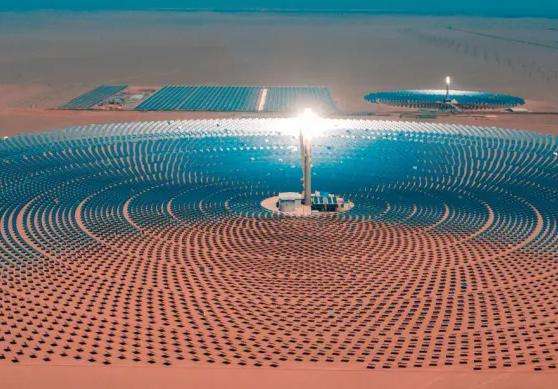1. Experimental objective: Use various fruits to make fruit batteries and compare the relationship between the pH value of fruits and the voltage they generate. 2. Experimental requirements: Master the use of the voltmeter. 3. Experimental principle: the battery should use two metals to become the positive and negative electrodes. Between them are conductive substances such as hydrochloric acid or alkali. These substances are usually electrolytes and are called electrolytes. Electrolytes can dissociate metal ions. Generally speaking, any metal that comes into contact with an electrolyte releases electrons and becomes positively charged ions. The reaction formula of fruit battery is as follows: Cathode (negative electrode): 2H+(aq) + 2e- →H2(g) 4. Experimental equipment: Measuring equipment: voltmeter, ammeter, wires, clips, test paper pH Battery components: oranges, lemons, apple plate: copper foil, zinc foil 5. Experimental steps: (1) Take two different fruits of similar weight (error less than 2 grams), cut them in half and measure the pH value of each fruit . Average the fruits to get the pH value of each fruit; (2) Insert zinc sheets and copper sheets at both ends of these fruits, connect the four fruit petals in series, and connect them to the light-emitting diodes; these fruits separately The voltage after series connection and the current through the light emitting diode. 7. Experimental conclusion: When the quality of different fruits is the same, the lower the pH value, the higher the voltage generated.
Experimental report on measuring the flow rate of taps at home
To identify hard water and soft water, soapy water is used. Water with more foam is soft water, water with less foam is soft water.is hard water, so use a beaker to take a small amount of well water and distilled water, add an appropriate amount of soapy water, stir, and find that there are more bubbles in the distilled water and less in well water. water is soft water and well water is hard water.
So the answer is: soapy water, soft water, hard water.
1 hour = 60 minutes, 1 day and night = 24 hours, 1 cubic centimeter = 1 ml, 1 liter = 1000 ml; 1 hour of draining: 3.14 × (6 2) 2 × 2 × ( 60÷5 ), =3.14×9×2×12, =56.52×12, =678.24 (cubic centimeters) ; 678.24×24=16277.76 (ml) 16277.76 ml=16.27776 liters≈16 liters; Answer: 678.24 ml of water flows out in 1 hour and about 16 liters of water flows out in 1 day and night. The answer is therefore: 678.24, 16.














